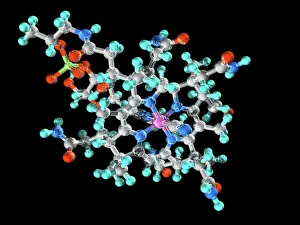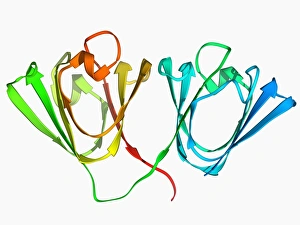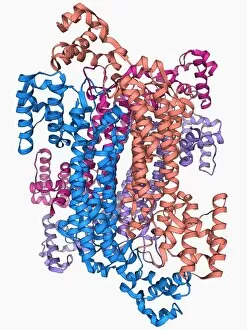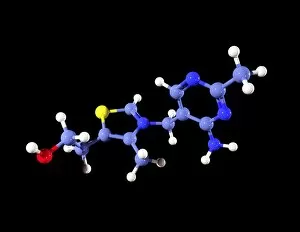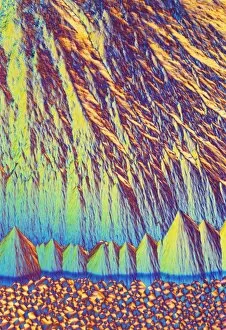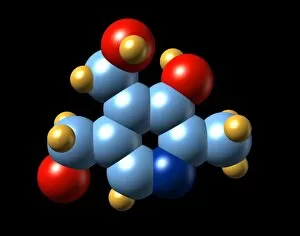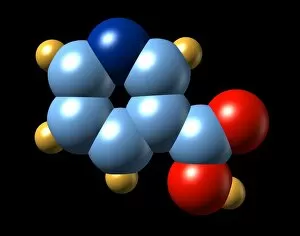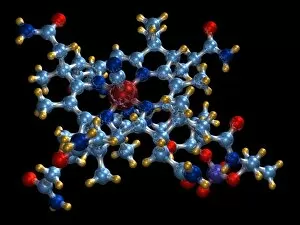Water Soluble Collection
"Unlocking the Power of Water Soluble: Exploring Vital Nutrients and Medicinal Marvels" In the vast realm of science
All Professionally Made to Order for Quick Shipping
"Unlocking the Power of Water Soluble: Exploring Vital Nutrients and Medicinal Marvels" In the vast realm of science, water-soluble compounds have emerged as a fascinating subject. Among them, Vitamin B12 stands tall with its molecular model captivating our attention. Its intricate structure holds the key to numerous health benefits, making it an essential nutrient for our bodies. As we delve deeper into pharmaceutical wonders, we encounter two intriguing jars - Pilule de radius and Gum Arabic (faience). These vessels symbolize the potential of water-soluble substances in medicine. The Pilule de radius jar hints at a revolutionary remedy while Gum Arabic unveils nature's gift for therapeutic purposes. Shifting gears towards ocular marvels, eye lens protein molecules F006/9758, F006/9695, F006/9652, F006/9367, and F006/9253 come into focus. These microscopic structures hold immense significance in understanding vision-related ailments and their potential treatments. Through unraveling these proteins' secrets lies hope for enhancing eye health. Amidst this scientific exploration emerges another vital molecule – Vitamin B1 (C016 / 8278). Its molecular structure captivates us once again as we uncover its role in maintaining overall well-being. With additional variants like C016 / 8277, C016 / 8276, C016 / 8275 alongside others yet to be discovered; Vitamin B1 showcases its versatility within our body systems. Water soluble compounds continue to amaze scientists worldwide by offering new insights into human health and medicinal advancements. From unlocking the mysteries behind essential vitamins to exploring ocular breakthroughs through lens proteins – each discovery brings us closer to harnessing their full potential. So let us embrace this journey of scientific wonderment as we unlock the power of water-soluble compounds – paving the way for healthier lives and brighter futures ahead.

